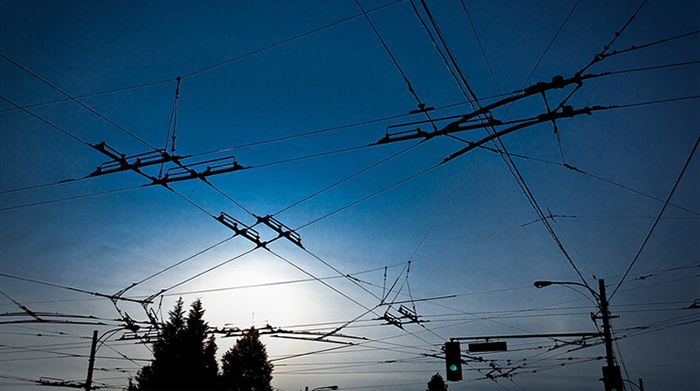PJM Looks to Google to Accelerate the Grid Interconnection Process

Image courtesy of brian.ch under Attribution 2.0 Generic Deed, resized to 700 x 391 pixels.
The PJM Interconnection announced that it will be utilizing Google’s artificial intelligence (AI) technology in a bid to speed up the grid interconnection process. This is an important initiative designed to keep up with growing demand and the integration of more renewable energy sources into the grid while maintaining system reliability.
The multi-year initiative aims to unify dozens of PJM platforms and databases into a single interconnection model – a kind of one-stop shop. This ambitious project is certainly welcomed and appreciated… but will it move the needle?
How Google Will Supercharge PJM’s Grid Interconnection Process
Tapestry, part of Google’s parent company Alphabet, will lead the project which will marry advanced technology with market and policy reforms. The goal is to develop a unified model enabling planners, operators, and developers to make critical decisions in one place. It may also involve grid interconnection automation software to help streamline the process.
The driver of the effort is a recent explosion in the number of interconnection requests sent to PJM, which has resulted in major backlogs (the queue currently sits at 143 GW, more than 50% of which is solar power),
The effort will deploy in phases, with the first deployment – an enhanced generator interconnection application process – targeting a late 2025 rollout. Future phases are still to be determined because they will springboard off earlier results. That said, Tapestry used a Chilean grid operator initiative to quantify the possibilities, in which the planning process was reduced from multiple days down to just a few short hours.
In the final analysis, we’ve all heard about how the impact of AI, electric vehicles (EVs), overall electrification, and data centers will dramatically increase electricity demand. We can argue about the specifics, but I think we can all agree that demand and consumption can only go in one direction in the future. And having a slow grid interconnection process will sabotage efforts to meet this future demand.



